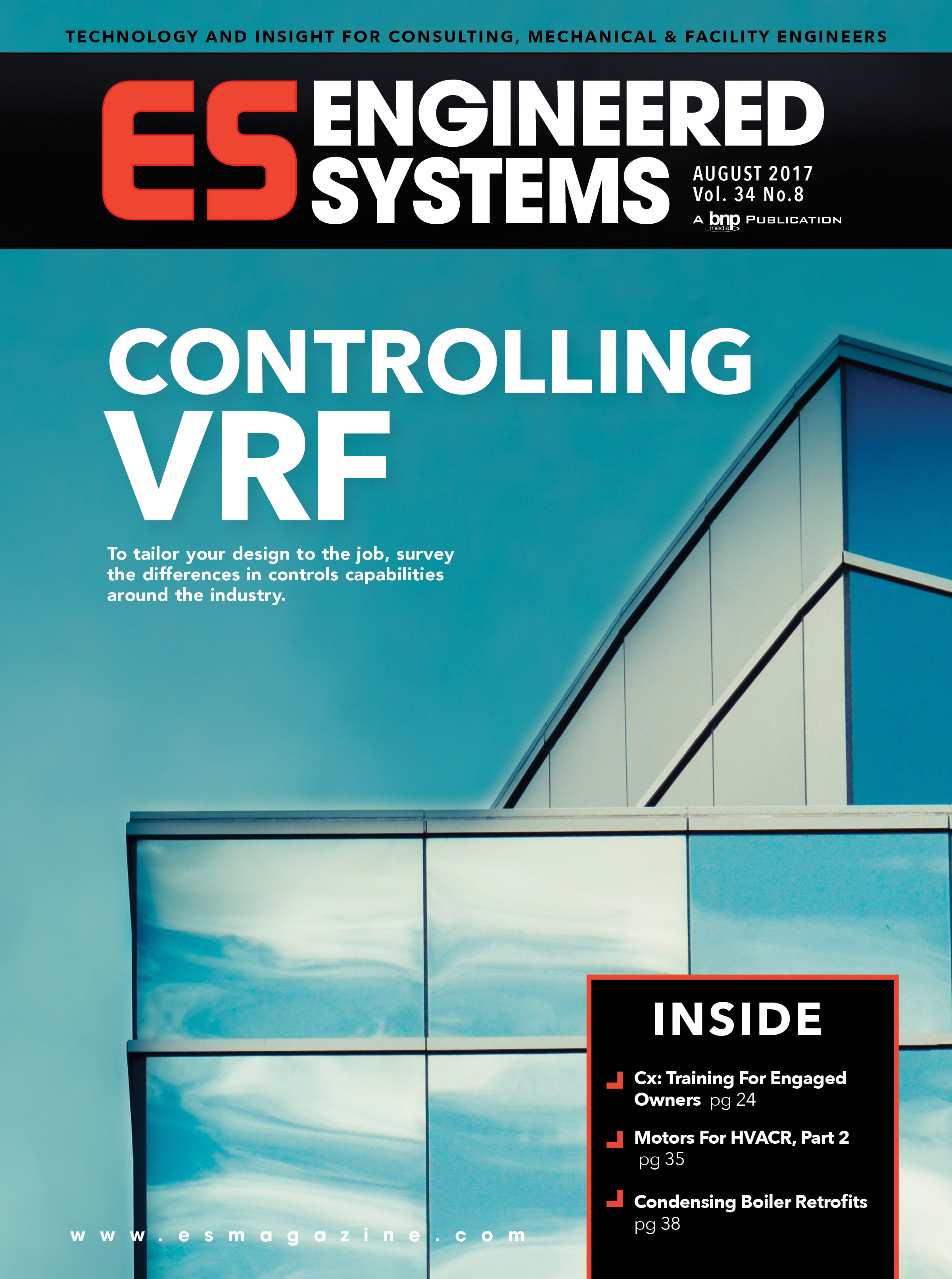Why a small notebook in this electronic iPod age? First, it’s a lot less money and doesn’t need recharging. By keeping it with you, all you have to do is pull it out and capture the moment, quote, and/or activity update. Professional development is a continuous process and you need to work at it on a daily basis. To continuously improve, you need to keep your eye on the road ahead of you while routinely checking the rear-view mirror (lessons learned) for course correction.
Organization's The Key
Now that you''ve rushed out to get your notebook, it is time to organize it into six sections and attach a section tab equally spaced throughout the book. The sections should be labeled as follows:- Time Management
- Communication
- Mentoring
- Professional Development
- Job Development
- Health
At the top of the first page for each section, insert your goal this year, in three years, and in seven years. With your year one goal, itemize three milestones necessary to achieve the goal.
On the top of the next page, insert the title “Resources & Mentors.” At the top of the third page, insert the title “Things To Achieve (not things to do).” Leaving a couple of pages blank, title the next page “Quotes & Words To Work By.”
Each of the six sections should follow the same format, but the content changes beginning with your one-, three-, and seven-year goals. A year-one goal should be a milestone that can be monitored and reached, such as:
- Time Management: Master your A, B, and C priority process
- Communication: Participate in a presentation as a speaker
- Mentoring: Share your notebook process with another
- Professional Development: Participate and volunteer
- Job Development: Be proficient in specification writing
- Health: Walk a mile two out of every three days
For years three and seven, you should be less specific, with a minimum of five milestones in lieu of three, while remaining measurable.
Page two resources for each of the six sections can be specific books, audiocassettes, organizations, etc., while a mentor could be a specific person who can help you directly or indirectly via a specific author or publication.
The resources page can be filled in as time goes by, as you come across an interesting publication, organization, or concept. As far as mentors, you can learn from the very bad as well as from the very good. I have had the opportunity, over the years, to observe people in charge who were not very good at what they did. Lesson learned? Don’t do it their way.
Mentoring doesn’t always have to be a formal process. Mentors don’t have to be formally assigned to you, either. There may be a person that you work with that you can observe more often than communicating with them.
Page three, “Things To Achieve (not things to do)” is analogous to the words of Yoda: “Do or do not. There is no try.” To achieve progressive professional development, you have to be committed to do the things that need to be done and not simply try to be proficient in time management, communication, mentoring, professional development, job development, and health.
“Quotes and Words To Work By” is the place in your notebook where you can write down important statements you hear or read that inspires you, reinforce your commitment to professional development, and/or may contribute to your profession. After all, if you have to get up and go to work, you need to enjoy your work and do your part to be the best you can be at your job. Some of the phrases I use, I’ve been using them for years and they continue to inspire and encourage me when I need them.
With each of the six sections and the four parts of each section, you don’t need to fill in the notebook before you get started. In fact, this book is a perpetual process of taking notes, listening, learning, and continuously improving your commitment to excellence, and at this size, it can always go with you. Just don’t put it in your shirt pocket. You’ll look like an engineer.

